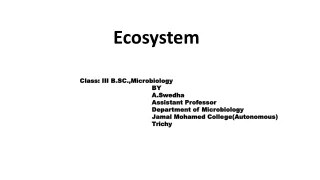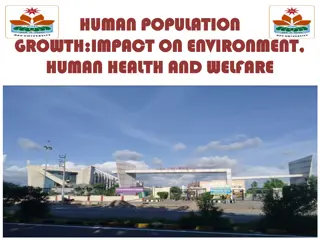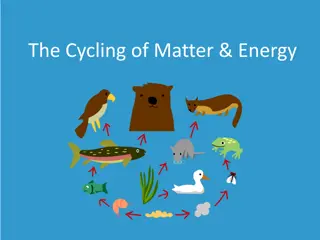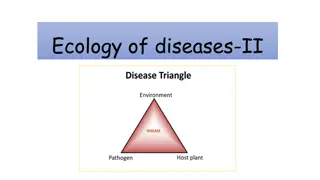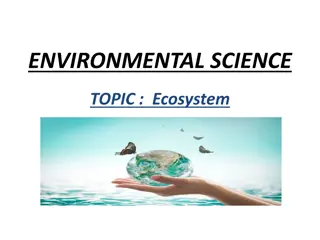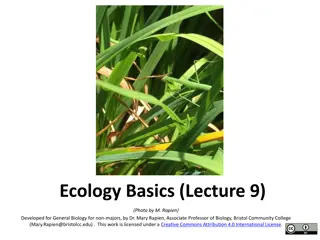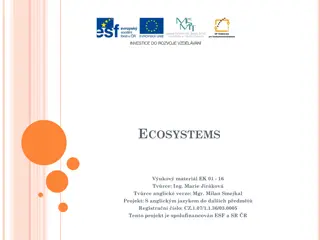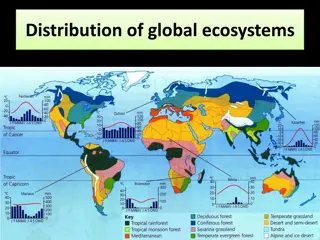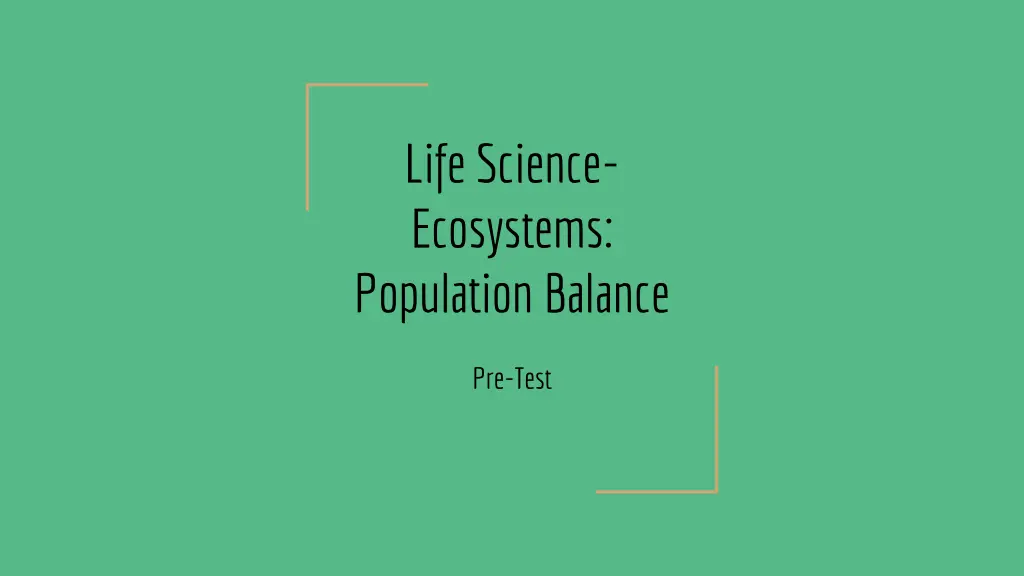
Ecosystems Population Balance Pre-Test
Test your knowledge on population balance in ecosystems with this pre-test. Identify diagrams, understand biodiversity's impact, and explore ecosystem dynamics through a series of questions. Learn about food chains, biodiversity improvements, post-wildfire forest recovery, plant distributions, and predator-prey relationships.
Download Presentation

Please find below an Image/Link to download the presentation.
The content on the website is provided AS IS for your information and personal use only. It may not be sold, licensed, or shared on other websites without obtaining consent from the author. If you encounter any issues during the download, it is possible that the publisher has removed the file from their server.
You are allowed to download the files provided on this website for personal or commercial use, subject to the condition that they are used lawfully. All files are the property of their respective owners.
The content on the website is provided AS IS for your information and personal use only. It may not be sold, licensed, or shared on other websites without obtaining consent from the author.
E N D
Presentation Transcript
Life Science- Ecosystems: Population Balance Pre-Test
1. What is this diagram called? A. Food chain B. Food pyramid C. Phase change diagram D. Food web
2. Which of the following is the best example of biodiversity improving an ecosystem? A. Someone taking antibiotics for a bacterial infection, killed susceptible and beneficial bacteria, and left all of the resistant bacteria which reproduced and made that person sick again B. The introduction of feral pigs to Texas has resulted in the destruction of the habitats of native species C. The reintroduction of Gray Wolves in Yellowstone National Park has restored the balance of the ecosystem s food web D. The introduction of human activity into wilderness areas destroys wildlife habitats
3. This photo shows a forested area five years after experiencing a wildfire. Which of these explains why there are not any live trees: A. The trees haven t regained enough nutrition to produce leaves yet so they look dead B. Small plants and weeds populate a damaged area before larger organisms C. This area will never grow trees again D. Mountain lions have already populated the area and are eating all of the saplings
4. In dense forests, there are often very tall trees and short plants inhabiting the underbrush with very few in the middle. What is the best explanation for the lack of intermediately sized plants? A. The tallest trees take up most of the sunlight, leaving only enough to sustain smaller plants B. The mid-sized plants don t receive as much rain as the taller and shorter plants C. The mid-sized plants are the first to be taken down by forest fires D. The root systems of the smaller plants are too large and complex to allow for growth of mid- sized plants
5. In the African savanna cheetahs prey upon the gazelles that graze the grasslands. If several years of drought occur, what would likely happen to the populations of cheetahs and gazelles? A. The gazelle population would decrease and the cheetah population would increase B. Both the gazelle and cheetah populations would decrease C. Both the gazelle and cheetah populations would increase D. The gazelle population would increase and the cheetah population would decrease

